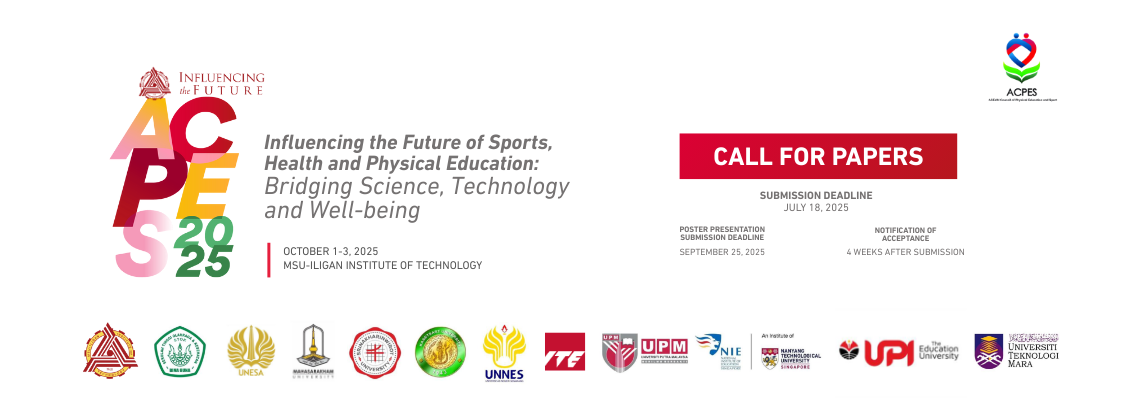Speaker
Description
The purpose of this study was to evaluate the impact of combined plyometric and weight training on Shot Put performance among intercollegiate male athletes over a 12-week training intervention. Thirty-two male students, aged 21 to 28, from Dr. Sivanthi Aditanar College of Physical Education, Tiruchendur, participated in the study. The intervention involved a structured training program with progressive intensity levels ranging from 60% to 80%, assessed at three key points: before, during, and after the 12-week period. Shot Put performance served as the dependent variable, while the timing of assessment acted as the independent variable. Data were analyzed using descriptive statistics and repeated measures ANOVA with a significance level set at 0.05, utilizing SPSS software. Post hoc tests were conducted when significant F-values were observed to identify the stages with notable performance differences. The results showed a consistent and statistically significant improvement in Shot Put performance, especially in the second half of the training period (weeks 6–12), as compared to the baseline and initial phase (weeks 1–6). These findings underscore the effectiveness of training cyclicity, neuromuscular adaptation, and the role
of eccentric-concentric muscle contractions in power development. The study concludes that a combined plyometric and weight training approach, when applied with proper progression, significantly enhances Shot Put performance in collegiate athletes.

